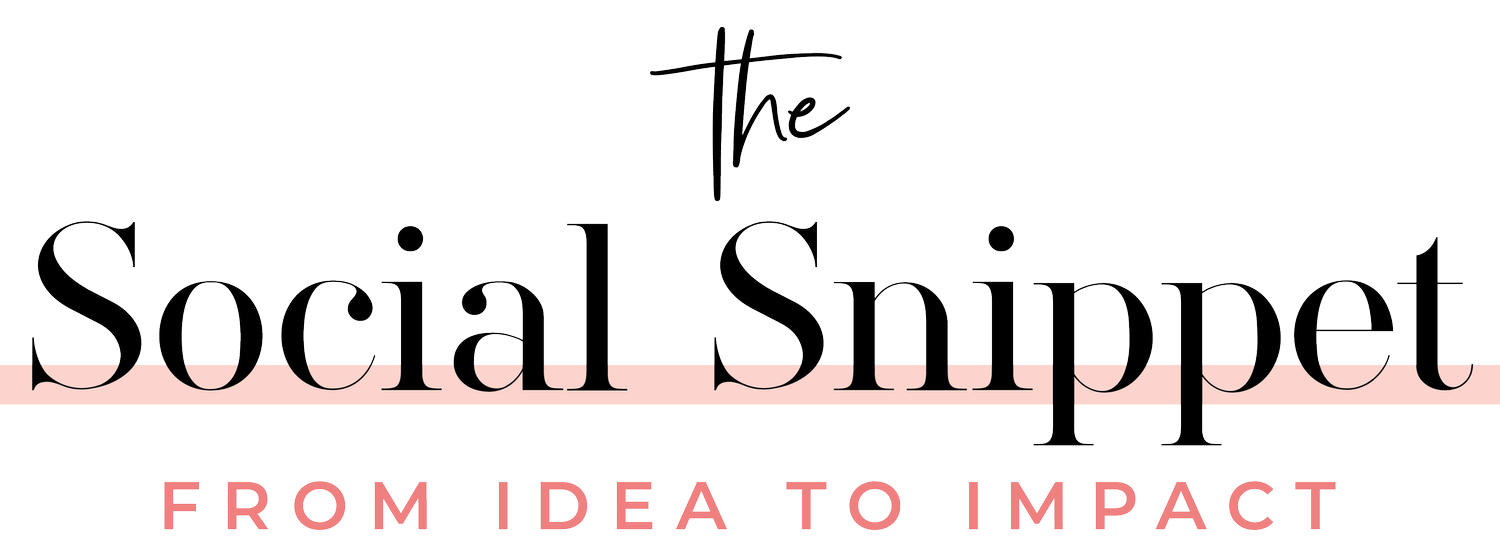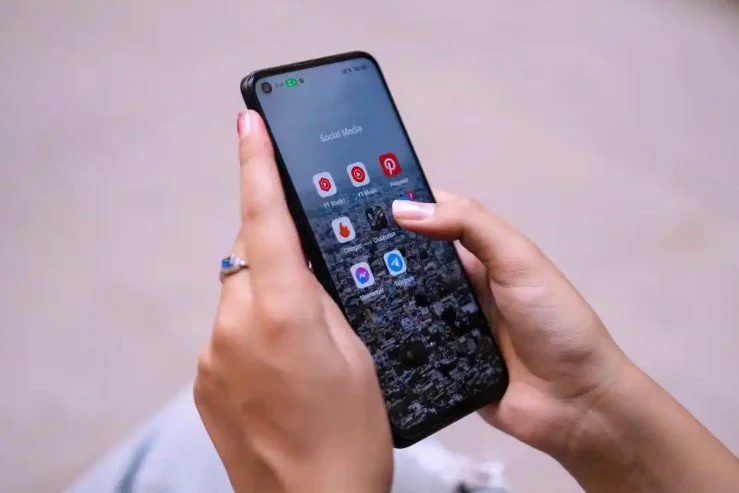The Power Of Pinterest
Beyond being a visual playground, Pinterest is a dynamic, visual search engine that can drive massive traffic to your website and elevate your brand. In ‘Build Your Digital Community’ Episode 12 with Alex Smykaluk, a Pinterest and SEO expert who helps our clients build and grow their accounts, we discuss the power that this platform can have on your service or product-based business and how you can maximize using Pinterest to bring traffic to your website.
The Power of Pinterest
The amazing thing about Pinterest is that you don’t have to be getting in front of your community. You don’t have to get dressed up and film a video. Your pins are evergreen, which means they are going to be present on the platform and working for you for months or years to come.
While social media posts can direct people into your marketing funnels on short-term bases, Pinterest’s content has a far longer window for potential impressions. The platform works for you behind the scenes without you needing to show up in the same way you would on Instagram or TikTok.
Pinterest is also a platform naturally dedicated to shoppers. People go there to look for inspiration, DIY, and things to buy, meaning the audience is ready to purchase, learn, and be inspired. This results in a group of people who are exactly who you want, when you want them. When you post effectively, this audience will funnel into the pain points that you want to be helping them through.
Should Service-Based Businesses Invest Time On Pinterest?
A couple years ago, Pinterest focused largely on inspiration and DIY posts. Today, products are what the platform is prioritizing and directing people towards. Products are king on Pinterest and they are doing really well.
Service or customer/client based businesses can do very well, but there is a lot that needs to be accomplished on the back-end to help. This means that they can perform well as long as you have content on your site that is solving a problem and addressing the pain points of the people on Pinterest.
Many service providers may just have a website with a sales page, an about me page, and a contact page. This won’t do well on Pinterest, because what the platform wants is content with rich keywords that explain what the content is about. This will allow these pieces of content to be categorized and placed in front of the right person.
For example, a coach who writes blog posts about how to overcome burnout will help Pinterest place the content in front of people who are searching for a solution to burnout.
The relationship between your website and Pinterest needs to be a consistent one. Pinterest wants you to be providing fresh content to reach new audiences on the platform. Regular blog posts (a minimum of 1-2 per month) are the most simple way of doing this.
Visuals Matter On Pinterest
For example, if you write a blog post about coffee. Use an image of a cup of coffee. If you use an image of people standing around a coffee shop, Pinterest will register that as friends hanging out or social gatherings. It won’t pick up on the coffee-angle of the post.
Not only do you need to be careful about what you search and do on the platform, but you also need to be very intentional about the images that you’re selecting. Selecting generic photos doesn’t mean that Pinterest will pick up on the photo’s intent. They need to align with what you have on your website and accounts.
Unlocking The Potential of Pinterest
Pinterest can be an overwhelming platform to be on. You can’t cross post or repurpose content in the same way that you can on other platforms. Although, the more time you spend with it, the more straightforward the process becomes.
The key is to establish strategies that are effective for your business. Like any platform, there are 10,000 ways to grow. In actuality, you could probably use 3-4 strategies to achieve amazing results. Figure out what works best, and rinse and repeat.
Pinterest is a long-game, which means you will be building and practicing over a long period of time. This also means that it is okay if you are not perfect from day one. As you build, you will evolve into more of what the platform wants, resulting in great traffic.
The Correlation Between A Successful Blog and Pinterest
You want these two platforms to speak to one another. The content you put on your website or blog is going to speak to Pinterest, and Pinterest is going to pull it from your website.
Don’t feel that you need to dive in and create all of this incredible content. You can re-use what you put on social media. For example, an Instagram carousel with five tips can be turned into a blog post. You ultimately want to be providing value to your audience via some type of tip, list, or guide. Ideally, these should be between 600-1200 words in length.
The main correlation between websites and Pinterest are keywords. Keywords are the soul to Pinterest. They are what drives the platform. Without keywords, your pins will go nowhere. This also applies to your blog posts. If you are not using SEO-rich keywords and you are not optimizing for search engines to find you, then your content won’t go as far. You can use keyword tools online or purchase a keyword bank with niche words.
Use Blogs To Create The Rest Of Your Content
There are so many places that we can be posting as business owners. To alleviate the demand of constantly coming up with new concepts for various platforms, use blogs as the core of your content and spiderweb the rest out.
You can take one blog post about Five Caption Writing Tips, for example, and use it to make a carousel post, a Reel, a TikTok, a post for LinkedIn, and three Pinterest pins. On Instagram alone you could do a post, a Reel, and a story set. The same people aren’t going to see it. It’s the same with Pinterest, you can make multiple pins with different keywords about the same web link. Work smarter, not harder!
Blogging Helps Build Your Digital Community
Blogs have the potential to build that know, like and trust factor with your audience. Giving them helpful, bite-sized pieces of information is going to make your community’s bond with you so much stronger.
While you don’t engage with people in the same way you would on a platform like Instagram, Pinterest and blogging build your digital community in a more passive way. You build trust and authority based on the value that you provide on your site, leading them to potentially turn into a customer down the line.
Tips To DIY Your Pinterest Strategy
Create a wealth of blog content to prove the value and expertise you can bring to the table. You cannot start on Pinterest until you have at least seven different pages on your website.
Establish a couple different pillars or content ideas to focus on and generate content from.
When you have enough content, purchase a Pinterest course to learn the basics of the platform. You can also work 1-on-1 with a Pinterest expert or manager to learn specifically what to do. Or you can read Pinterest’s help section, which shares best practices, as well as any blog posts that share tips.

